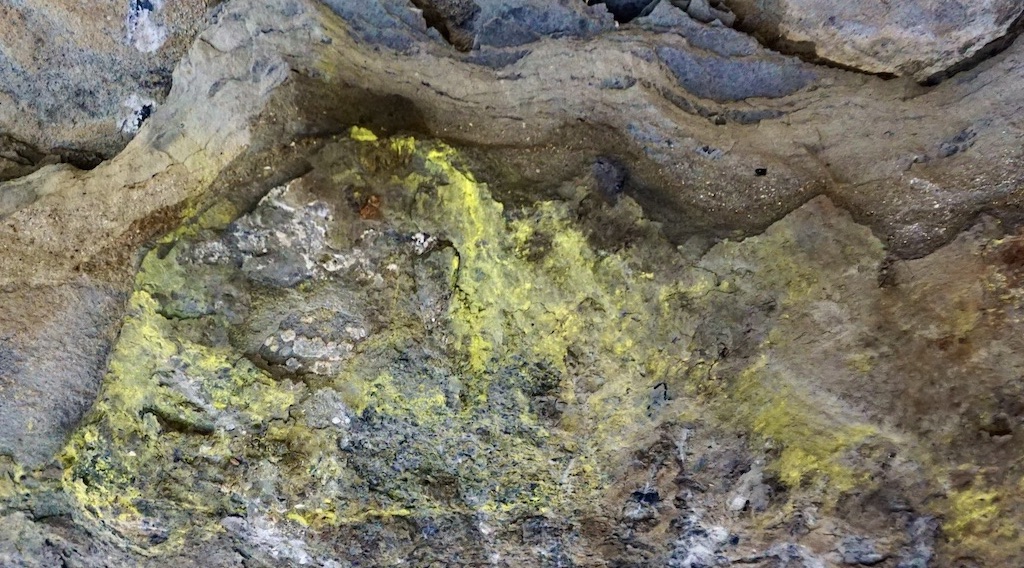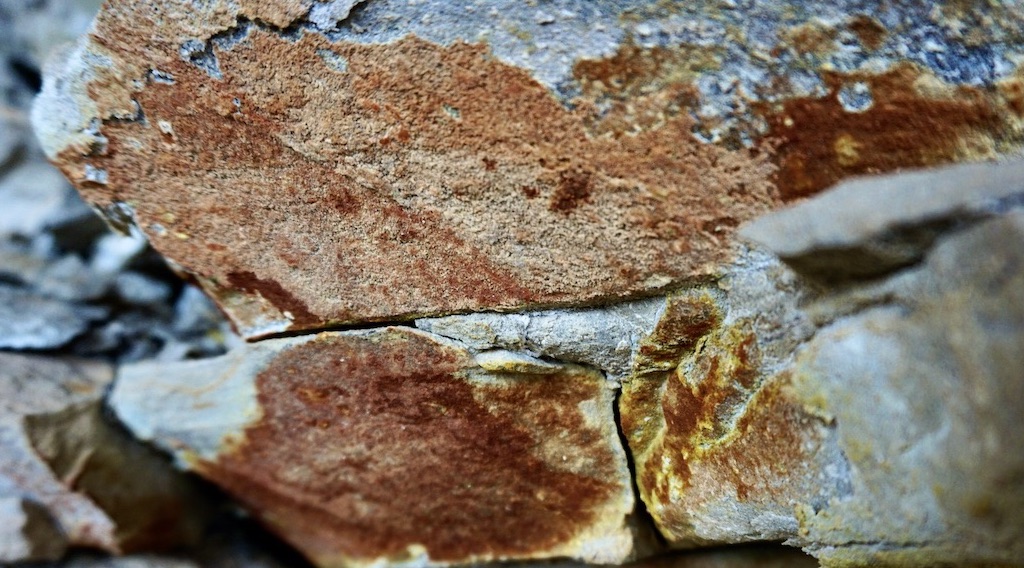
Exploration of Sediment-Hosted Metals
Course Details
A diverse suite of metals is hosted in sedimentary strata. This includes the world’s largest gold deposits in paleoplacers such as the Witwatersrand, and the world largest copper deposits aside from porphyries – the Central African Copper Belt. Some of the highest grade Uranium deposits are also sediment-hosted and are often associated with Vanadium. High tonnage Zinc deposits are also sediment-hosted.
This 5-day comprehensive course on sediment-hosted metals is taught using a mineral systems approach. The highlight of this course are exercises on actual hand samples collected by Dr. Jaffri from deposits in the US.
Learning Outcomes
By the end of this course participants should be able to:
- Understand controlling parameters on grade in sediment-hosted metals
- Learn mapping techniques that would allow for an exploration strategy
- Place each deposit type within a mineral systems framework
- Understand that sediment-hosted metals often times have distinct geometries and aren’t random “blobs” of ore
- Being able to ID ore minerals
Who Should Attend
The audience for the course includes mining geologists, mining engineers and resource modelers.
Need more information?
Course Outline
Day 1
Overview of global sediment-hosted metal reserves and distribution, controls on the mobility of metals: Temperature, pH, redox, and salinity. Relationship of sediment-hosted metals with magmatic hydrothermal systems.
Lunch Break
Eolianites and associated Copper, Gold and Diamond deposits with a case study from Cashin Copper Mine in the US. Exercise on samples from Sediment-Hosted Stratiform Copper samples from the Cashin Mine in the US.

Day 2
Fluvial Deposits and sediment-hosted Uranium, Vanadium and Copper with case studies from the US, Niger and Kazakhstan.
Lunch Break
Exercises on hand samples and exploration strategy for discovering high-tonnage Uranium and Vanadium deposits.
Sediment-Hosted Stratiform Copper (Redbed Copper) vs Exotic Copper Deposits.

Day 3
Gold Placers and Paleoplacers with case studies on modern placers from Alaska and paleoplacers of the Witwatersrand in South Africa.
Lunch Break
Shallow Marine Deposits and associated Thorium, Tin and Diamond Placers.

Day 4
Carbonate Platforms and fluid-flow
Mississippi Valley Type Deposits with case studies from Irish Zinc deposits
Clastic-Dominated Deposits with Red Dog as a case-study
Lunch Break
Carbonate Replacement Deposits and their relationship with porphyries and skarns, case study from the Leadville Limestone of Colorado
Carbonate-hosted Uranium, examples from the Todilto Limestone of New Mexico and Pryor Mountains of Montana

Day 5
Sediment-Hosted Lithium Brines from the Golden Triangle of South America and from Clayton Valley, Nevada.
Caldera-lacustrine hosted Lithium Clay deposits with examples from King’s Valley Nevada and a study from the Central San Juan Caldera Complex in Colorado.

Course content and duration (number of days) can be modified from a 5-day to 2 or 3-day version. Course cost will vary based on duration and the number of participants. There are no public offerings of this course, so if you’re interested this will be have to be arranged through your company.


